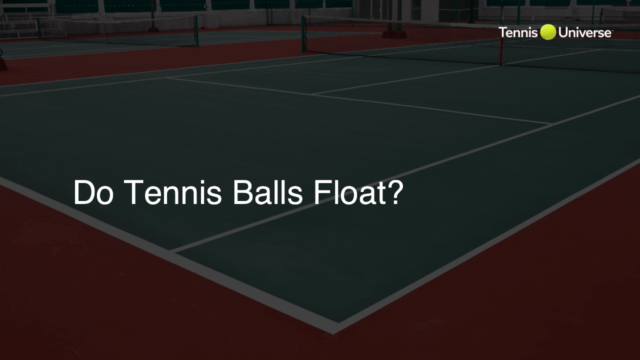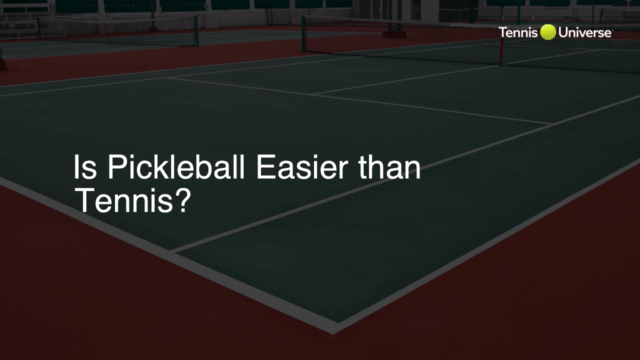To build a tennis court, follow these steps: 1. Choose the right location with enough space and a level surface. 2. Obtain necessary permits and approvals from local authorities. 3. Hire a professional tennis court builder or consult an engineer for the design of the court. 4. Mark out the dimensions of the court, with a standard size being 78 feet by 36 feet for maximum playing surface. 5. Excavate the area and install proper drainage systems to prevent water accumulation. 6. Construct a solid base with compacted layers of subgrade material and a final layer of asphalt or concrete. 7. Apply the appropriate surface depending on your preference, such as clay, grass, or hard court materials. 8. Paint the lines and install net posts, nets, and other accessories. 9. Install proper fencing and lighting for the court’s security and accessibility.
Selecting the Ideal Location for Your Tennis Court
Before building your tennis court, choose the right location with enough space and a level surface. Ensure the availability of at least 120 feet by 60 feet area for the court and its surroundings. Additionally, consider the sun’s orientation, as the ideal court should have a north-south alignment to minimize the impact of sunlight during play.
Obtaining Necessary Permits and Approvals
Consult with local authorities to obtain necessary permits and approvals for your tennis court project. This may involve submitting architectural plans and complying with local building regulations.
Finding a Professional Tennis Court Builder
Hire a reputable tennis court builder or consult an engineer to design the court. An experienced professional can ensure the court meets the required quality and performance standards.
Marking Out the Court Dimensions
Establish the court dimensions, typically 78 feet by 36 feet for doubles play, and mark out the area accordingly. Including space for fencing and other accessories, a standard tennis court requires an area of approximately 114 feet by 57 feet.
Excavation and Drainage Installation
Excavate the marked area, removing vegetation, roots, and stones. Implement a proper drainage system, such as perforated pipes, to prevent water accumulation that may damage the court surface.
Creating a Solid Base
Construct a sturdy base consisting of compacted layers of subgrade material, followed by a final layer of asphalt or concrete. This base ensures the court’s longevity and optimal playing conditions.
Choosing Surface Material
Select an appropriate surface for your court, such as clay, grass, or hard court materials. Each surface type has unique characteristics that cater to different styles of play, so choose one that suits your preferences and skill level.
Line Painting and Accessory Installation
Paint lines on the court according to the regulation guidelines and install net posts, nets, and any additional accessories, such as a tennis racket holder. This step ensures your court meets the necessary standards for hosting tennis matches.
Fencing and Lighting Setup
Install a fence around the court to maintain security and prevent stray balls from interfering with neighboring properties. Consider adding lighting if you plan on playing during the evening or in low-light conditions.
Keeping Up with Court Maintenance
Regular maintenance is essential for keeping your tennis court in optimal condition. This includes routine cleaning, surface repair, and line repainting. Perform periodic inspections to identify potential issues and address them before they escalate.
Tennis Tips for Home Court Play
Having a home tennis court offers an excellent opportunity to enjoy the game and improve your skills. Keep these tennis tips in mind while playing on your court:
- Utilize proper tennis equipment, including a tennis racket specific to your skill level and style of play.
- Warm up and stretch before playing to prevent injuries.
- Consider taking lessons or attending clinics to further develop your skills and techniques.
- Invite friends, family, or neighbors for friendly matches to enjoy the benefits of your tennis court.
Adding Amenities to Your Tennis Court
Consider adding amenities that elevate your tennis court experience. These additions can enhance functionality, safety, and enjoyment. Some popular options include:
- A seating area for players and spectators.
- A storage shed for equipment, such as tennis rackets, balls, and maintenance tools.
- A water station to keep players hydrated.
- Shade structures or gazebos for respite from the sun.
- Landscaping surrounding the court to improve aesthetics and provide natural wind barriers.
Frequently Asked Questions
In this FAQ section, we address common questions related to building a tennis court, providing direct and concise information to help you make informed decisions about your tennis court project.
How much does it cost to build a tennis court?
The cost of building a tennis court depends on various factors, such as the type of surface, location, and additional amenities. On average, constructing a tennis court can range from $45,000 to $100,000 or more.
What is the ideal tennis court orientation?
The ideal tennis court orientation is north-south, as it minimizes the impact of sunlight on the players during a match. East-west orientation is not recommended due to the sun’s direct glare affecting visibility.
How do I decide on the type of surface for my tennis court?
When choosing a tennis court surface, consider factors such as your skill level, desired playing conditions, and maintenance requirements. Clay courts offer slower play, grass courts are faster, and hard courts provide a balanced and consistent playing environment.
What are the maintenance requirements for each type of court surface?
Clay courts require regular watering and surface grooming, grass courts need mowing and treatments to prevent wear and tear, and hard courts necessitate routine cleaning and minor surface repairs. All court types require periodic line repainting and thorough inspections.
Do I need a professional tennis court builder?
It is highly recommended to hire a professional tennis court builder or consult an engineer to design and construct your court. An experienced professional ensures the court meets quality and performance standards, ultimately providing a safe and enjoyable playing experience.











